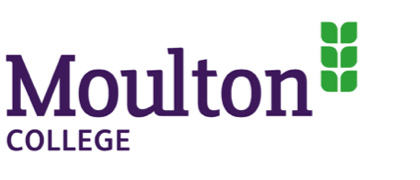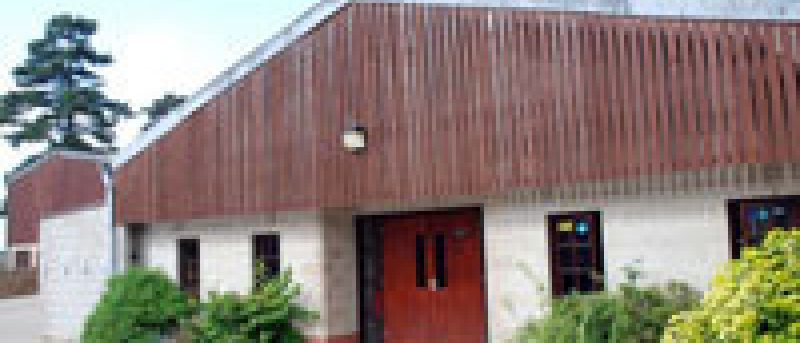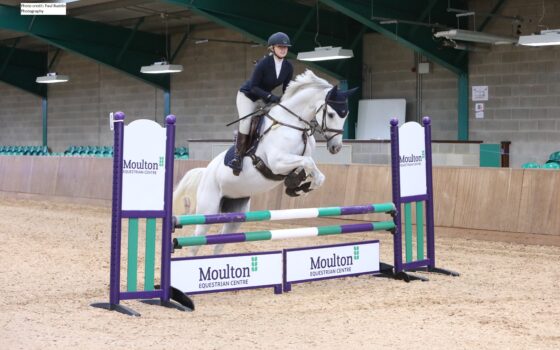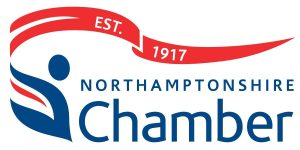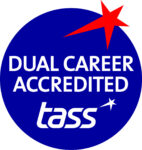Here you will find more detail about our Animal Welfare Centre facilities, including what our students get involved with and how this supports their learning.
Animal Welfare Centre
Our Animal welfare centre houses over 100 species of common and exotic mammals such as sugar gliders, birds, cold water and tropical fish, invertebrates, amphibians and reptiles.
As an Animal Welfare Student you’ll have access to our Animal Welfare Centres, under the guidance of our expert staff, learning broadening your knowledge from their own expertise.
The animal accommodation includes specialist housing such as a cattery, aviaries, reptile room and paddocks that contain the large mammals such as Kune Kune pigs, a llama, alpaca, Bennett’s wallaby and rhea.
The college is currently a member of the Pet Care Trust, holds a Pet Shop licence and is in the process of applying for a Dangerous Wild Animal licence so that the range of species kept can be increased. Best practice in all aspects of animal husbandry is promoted at all times at the centre, which is run to commercial standards so that students develop a deeper understanding of the industry they wish to enter.
Amphibian, Crustacean and Invertebrate Centre
This specialist facility houses a wide range of animals including scorpions, millipedes, frogs, tarantulas, newts, stick insects and mantids.
Students can, however, work with a wider variety of animals than this due to the college’s relationship with other collections, which also ensures our in-house range is growing all the time.
By working with these species, students develop an understanding of the techniques of amphibian husbandry and conservation, an ever-more important role due to the infectious Chytid fungus that is prevalent in the wild and has led to over 3,000 species being classed as at risk.
Aquatic Centre
The centre contains a variety of modern, industry-standard tanks, ranging from bank systems found in aquatic retail premises and domestic tanks to large mixed community tanks and huge exhibitory tanks.
Due to the variety of tank systems, students develop their knowledge and gain a deeper understanding of key tasks such as monitoring water quality, testing procedures and setting appropriate conditions.
This is a vital component of learning as water filtration is the life support system of the fish housed at the centre, which include tropical, freshwater and coldwater species, as well as the critically endangered Asian yellow pond turtles.
Aviaries
Our aviaries are host to a wide range of birds such as cockatiels, lovebirds, canaries, budgies and parrots, all housed within indoor and outdoor flight facilities.
Students learn techniques of bird husbandry, how to behave around different species, about flight and flight patterns and how dangerous stress can be to many of them (which is why many of the birds are not handled).
The centre also houses a range of poultry and waterfowl.
Outdoor Unit
The expanding outdoor unit holds goats, wallabies, alpacas, llama, Kune Kune pigs and rhea. The Kune Kune pigs are a rare breed from New Zealand and provide handling and student interaction, as they love the company of people. The llama, at over 6ft tall encourages students to respect large animals and overcome their fear of those which are more intimidating. The South American rhea, related to the ostrich, reaches 5ft tall and along with the Bennetts wallabies provide further exotic species for students to work with. We have a number of different goat breeds which helps to illustrate the difference between those used for fibre, milk and food production.
Reptile Centre
Home to a wide variety of species, including tortoises, snakes from small up to large boa constrictors, lizards (including some only found in zoological collections) and others on recognised and monitored global breeding programmes, our reptile centre is where students can handle them and learn all about their care.
Within these surroundings students learn the theory about natural habitats and then put this into practice through recreating the conditions in a captive environment.
Small Mammal Centre
Based at the animal welfare centre, our small mammal unit is home to a number of exotic species such as common marmosets, goeldis monkeys and a large breeding group of slender-tailed meerkats. Domestic animals such as rabbits, guinea pigs and various rodents are also kept at the unit, as well as chipmunks, ferrets, degus and chinchillas.
This varied collection provides students with an invaluable opportunity to conduct behaviour observations, while handling exotic species that are often difficult to control is an ideal way to develop and improve vital hands-on skills.
This specialist facility is home to the college’s collection of nocturnal species such as sugar gliders (an unusual Australian marsupial), Eastern flying squirrels and rats.
Containing walk-through enclosures, it has a reversed lighting system that reflect the change in natural light conditions, providing a moonlight view throughout the day for students to observe these timid creatures’ natural behaviour.
